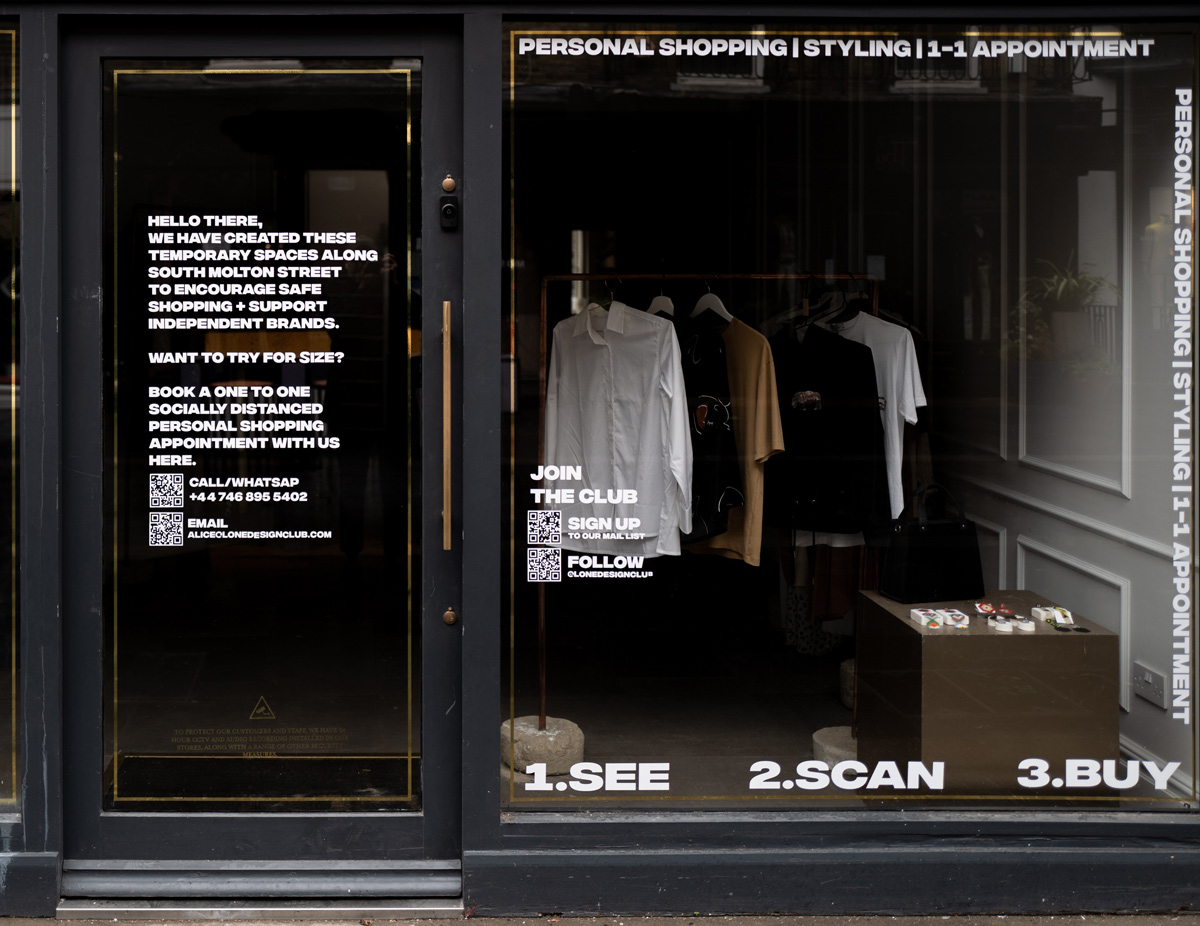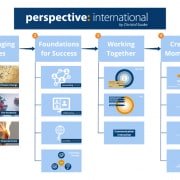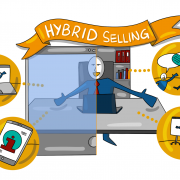From a General Store to Omni-Channel Sales: Trends & Strategies
Digitalization in sales, eCommerce and online shopping has been a topic of discussion for many years. This year, the Corona virus has had a dramatic effect on its development. Whilst physical businesses are closing, online businesses are booming!
In the shadow of the omnipresent, global player, Amazon, numerous new digital market places and online shops are springing up everywhere. This has led businesses to ask themselves how to advance their eCommerce activities and combine them with their previous business or sales models in a way that promotes sales.
Omni-channel sales, omni-channel marketing and omni-channel management are terms which are often used in this context. This development can be clearly seen in concerns such as IKEA in Sweden which has been converting its business into an omnichannel provider for quite some time.
However, the omni-channel approach is not only interesting for large businesses. Small and middle-sized businesses can also undoubtedly profit from such an approach.
In this blog we’d like to present you 5 concrete tips on how you can implement omni-channel approaches. To begin with, let’s take a look as to how this trend has developed at all:
In the past:
The general store or “everything you need under one roof”
In the past, the “general store” was the perfect solution for providing all things necessary to customers everywhere, especially in rural areas.

© Walker Evans (Public Domain) via Wikipedia
Today, there has been a sort of renaissance of this concept in the form of “village stores” whereby shop-keepers are now probably quite different to those in days gone by. Over many decades, large chain stores, such as Macy’s, Hudson‘s Bay, Harrods, Galeries Lafayette, Isetan Mitsukoshi, have taken over the role of providing everything under one roof in towns and cities. General stores and all types of department stores delivered a value-added of the logistical, simple availability of numerous, diverse products to their customers, and all in one single place.
Trend:
Acquire customers, wherever they may be
Today, logistically seen, availability is no longer the main deciding factor for consumers which is the reason department stores are no longer so attractive for shoppers. Meanwhile, people can order just about anything they want on the internet, which can be delivered in the shortest possible time using a global network of logistics systems. With this, a significant criterion for brand articles, namely their universal availability, can now be completely fulfilled as a result of the development of online shopping and eCommerce for all businesses, independent of their size. Consumers are increasingly determining what happens and it is they who decide if a brand or a product is successful.

This Store in London has alternative sales channels ready for periods of lockdown.
Therefore consumers have to be addressed and acquired at all areas where they meet and move in other words at what are known as “Customer Touchpoints”:
on online market places in web shops, via social media, at home, at work (e.g. the home office) at places where they spend their free time… and in shops. In short: in and via all channels of communication and sales… in other words: OMNI-CHANNEL!
Management Tips:
To the future with Omni-channel management
Here are 5 essential points, including some extra tips, for the successful transformation to an omni-channel approach:
#1 Open your vision and thoughts to new things
Was und wie auch immer Sie in der „Alten Welt“ gedacht haben: lassen Sie es hinter sich und öffnen Sie Ihren Blick für das Neue. Wenn Sie die gleichzeitige Nutzung unterschiedlicher Vertriebskanäle im Rahmen Ihres Geschäftsmodells bisher aus guten Gründen strikt ausgeschlossen hatten, kann jetzt genau das Gegenteil richtig und notwendig sein!
#2 Don’t tip the baby out with the bathwater!
If eCommerce now seems to be the panacea for sales growth, don’t throw all other considerations to date overboard! A good retail strategy or a smart direct sales concept does not go wrong over night… but perhaps no longer works or is less effective alone.
#3 Make use of a network
Why not market your product via direct sales, retail and online? There’s nothing stopping you other than the problems you imagine for instance, what if trade buyers no longer list you or direct customers suddenly buy in shops or e-shoppers buy online? If you are omnipresent with your products, this will not matter at all.
#4 Focus on the customer
As you are very close to your customers, the best way to act is to your focus directly on them. If, for whatever reason, customers change their behavior, you have your business model adapted in a flash!
#5 Set off on the journey with your customers
You can only follow and, in the best case, also anticipate your customers next steps if you understand how they tick, think and act. In this context, the “customer journey” plays a vital role. It traces in a model of phases, based on the map of a journey, the path the consumer takes from their first contact with your product to the decision to purchase it and sometimes even to repurchase it (I will write more on the “customer journey” in one of my next blogs). Only those who know their customers’ behavior exactly, will be able to react quickly to any changes.
The above considerations show us that the road from the general store to omni-channel sales is not quite so long … even if many decades of development and change lie along the way. The challenge of omni-channel management lies in the perfect coordination of activities in and via all channels.
This is the only way a consistent picture of brands and offers can be produced. A special opportunity for YOUR business can also lie in the successful implementation of an omni-channel approach. We would be glad to support you with it:
Our remote workshop, ➡️ “My Future Perfect Sales“, focusses on YOUR optimal sales strategies and is an optimal way to start. At the beginning of 2021, we will offer a further online workshop “My New Key Business Channel” with a focus on eCommerce and a deeper look into the above topic.
Keep up with all the latest updates in our newsletter. You can register for it here: [Newsletter Sign-up]

He founded perspective: international in 2013. He works as a strategic advisor, operative facilitator and interim manager with many years of experience in internationalization and international business development.







